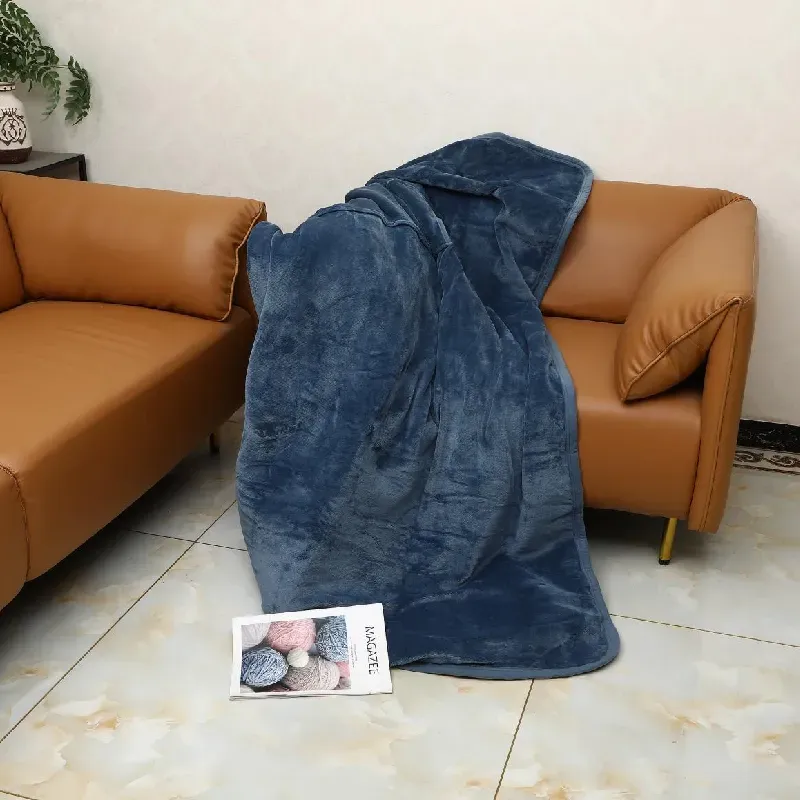Choosing the right septic tank is a critical decision, ensuring an efficient and sustainable waste management system for your property. Among the variety of options available, fiberglass septic tanks stand out due to their durability, lightweight construction, and resistance to corrosion. However, understanding the dimensions and capacity requirements of fiberglass septic tanks is crucial for optimizing their performance and seamlessly integrating them into your property’s sewage system.

Fiberglass septic tanks come in various dimensions to cater to different household needs and space constraints. One essential aspect of selecting the appropriate fiberglass septic tank is understanding the projected flow rate and waste volume of your household. Typically, these tanks range from small units suitable for single-family homes to larger models designed for multi-family residences or small businesses.
For a standard single-family home with three to four bedrooms, a fiberglass septic tank typically ranges in capacity from 1,000 to 1,500 gallons. These tanks generally measure approximately 8-10 feet in length, 5-6 feet in width, and 5-6 feet in height. It’s important to consider that the size of the tank also depends on the usage patterns of the household. Homes with more extensive water usage may require a larger tank to accommodate the increased volume.

The dimensions of fiberglass septic tanks also play a role in their installation and maintenance. Lightweight by design, these tanks are easier to maneuver into place compared to their concrete counterparts, yet they still require professional installation to ensure they are level and properly supported to prevent shifting over time.
In addition, local regulations often dictate the minimum required capacity and dimensions of septic tanks. It is advisable to consult with local authorities or a certified septic system professional to ensure compliance with all relevant guidelines. They can provide insights into soil testing and the types of systems that best suit your region’s climatic and environmental conditions, ensuring a long-lasting solution for your waste management needs.
Another significant factor when considering fiberglass septic tank dimensions is future growth. If there is a possibility of expanding the household or increasing the number of bathrooms, opting for a slightly larger tank can prevent the need for costly upgrades or replacements in the future.
fiberglass septic tank dimensions
Besides offering versatile dimensions, fiberglass septic tanks present numerous other advantages. Their non-porous nature not only makes them resistant to rust and corrosion but also prevents leakage, protecting groundwater from contamination. Furthermore, their robust construction can withstand the pressures from surrounding soil without succumbing to cracks, ensuring long-term reliability.
Moreover, fiberglass tanks are typically watertight upon installation. This eliminates the invasive root infiltrations and soil movements that can compromise concrete tanks. Designed to handle high stress, fiberglass offers a high degree of tensile strength without the risk of structural failure. Their durability is further enhanced by advanced manufacturing techniques, which involve creating tanks in one seamless piece to prevent weaknesses at joints or seams.
Fiberglass septic tanks are also environmentally friendly, as they are generally made from recyclable materials. Their installation often involves less disruption to the natural landscape compared to heavier tanks, contributing to a lower ecological footprint.
When choosing a septic tank, it is essential to not only focus on the present but also plan for changes in usage patterns over the years. Fiberglass tanks, with their available range of dimensions and unparalleled benefits, offer a reliable solution for both current and future waste management requirements.
In summary, selecting the appropriate fiberglass septic tank dimensions is a balance of current household needs, future projections, and regulatory requirements. By thoroughly understanding these aspects and consulting with septic system experts, homeowners can make informed decisions that ensure efficient, long-lasting waste management solutions. With superior durability, environmental benefits, and customizable sizes, fiberglass septic tanks remain a preferred choice in laying the groundwork for a sustainable property sanitation system.




